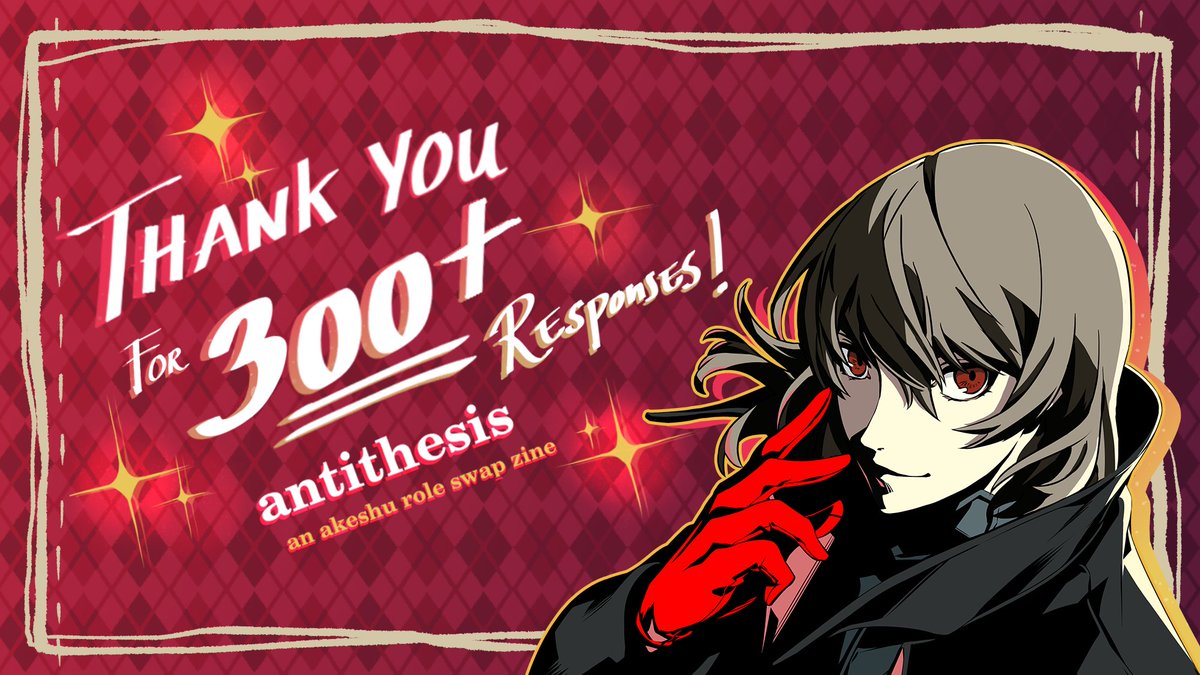

Gerard has nailed the mod look with his interpretation. By 1960 two million Vespas had already been sold. The first Vespas were produced in 1947 as basic transport but as more and more Hollywood stars became Vespa riders, it became a symbol of freedom and choice. It is a sought after 1963 Vespa GS 160 which was one of the most popular mod scooters of the 1960s. Our featured mod scooter belongs to Gerard from Johannesburg. A mod’s scooter was always a fashion statement in motion. Luggage racks, crash protectors and up to thirty mirrors would be installed along with extra spotlights. Chromed accessories dripped off their often flamboyantly painted scooters. Whilst rockers modified their bikes for more performance, mods modified their Vespas and Lambrettas for visual appeal. I personally prefer the “scooter’s are cool and so is riding with a parka” reason over the practical reasons. The trend of riding with a parka also came about in order to keep mod’s clothing clean. When you are spending a large portion of your disposable income on trendy clothing, the enclosed nature of a scooter’s bodywork prevents unsightly oil or mud stains.

Scooters were cheap to buy, could be financed, were cheap to run and owning a scooter meant a mod could stay out later without having to catch the last bus home.

As is normally the case in life, romantic or emotional reasons for an action or choice are in reality driven by far more practical reasons. The animosity between these two cultures was greatly exaggerated by the British press but on occassion the two groups did have some memorable clashes. Riding a scooter was also the antithesis of the mods’ archenemy, the Rocker and his motorcycle. Italian scooters with their flowing lines and European styling suited the mods’ need to look cool at all times. Their music choice ranged from progressive jazz to soul but never pop music.īeing involved with mod culture meant that even daily transport became a fashion accessory. Sophistication and flair brought relief from the greyness of working class Britain. Italian and French styled clothing was accessorised with the Union Jack or the Royal Airforce roundel. Mods made it socially acceptable for men to show interest in being fashionable. They embraced style, fashion and all things modern. It was a response to the conservative and bleak class based culture of post war Britain. The British “Mod” subculture was born in the early 1960s.


 0 kommentar(er)
0 kommentar(er)
